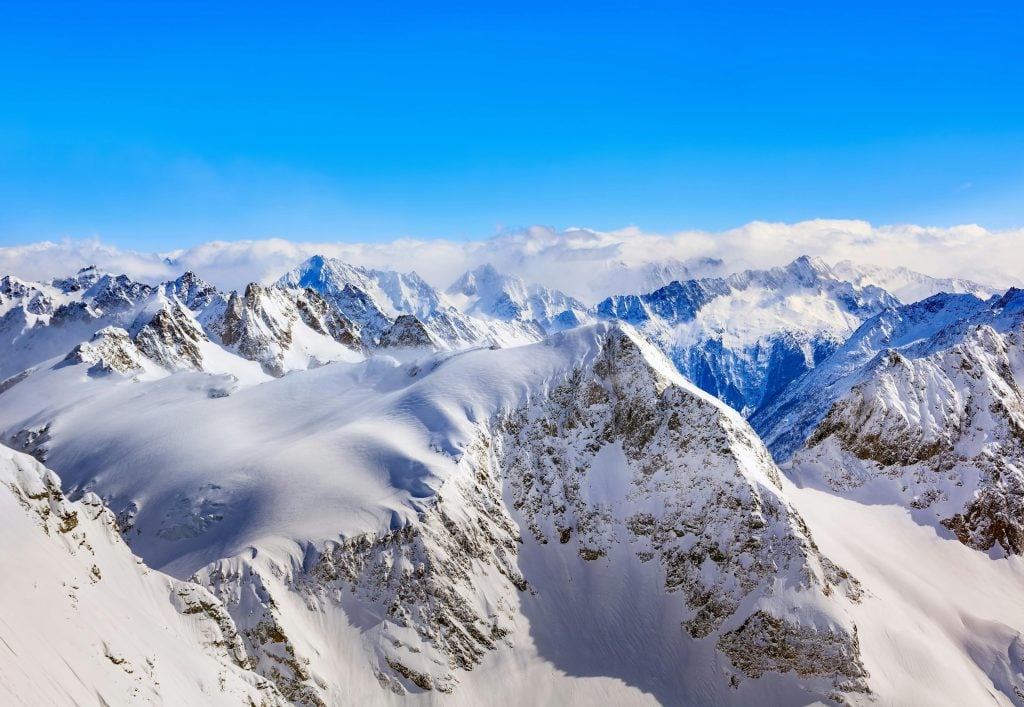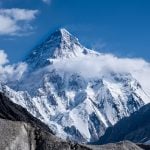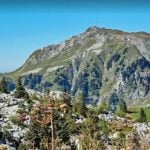All About the Alps
The Alps are a major mountain range located in the heart of Europe, spanning countries such as Switzerland, France, Italy, Austria, Germany, and others. Known for their high peaks, glaciers, stunning landscapes, and a wide range of outdoor activities, the Alps attract tourists and nature enthusiasts alike. This region offers a unique blend of natural beauty and cultural diversity, making it a popular destination for visitors. All About The Alps :
Where are the Alps
The Alps are a major mountain range located in Europe. They extend across several European countries, including Switzerland, France, Italy, Austria, Germany, and Slovenia, among others. The range covers a substantial portion of Central Europe and is known for its high peaks, stunning landscapes, and numerous outdoor activities.
The Alps are a major mountain range located in Central Europe. They are visible in many parts of Switzerland, Northern Italy, and France. They cover almost all of Austria and play an important role in the south of Germany. Geographically, they are located between 44°-48° north latitude and 5°-18° east longitude
Where are the Alps Located on the Map?
The alps On The Map – Where is the Alps located?
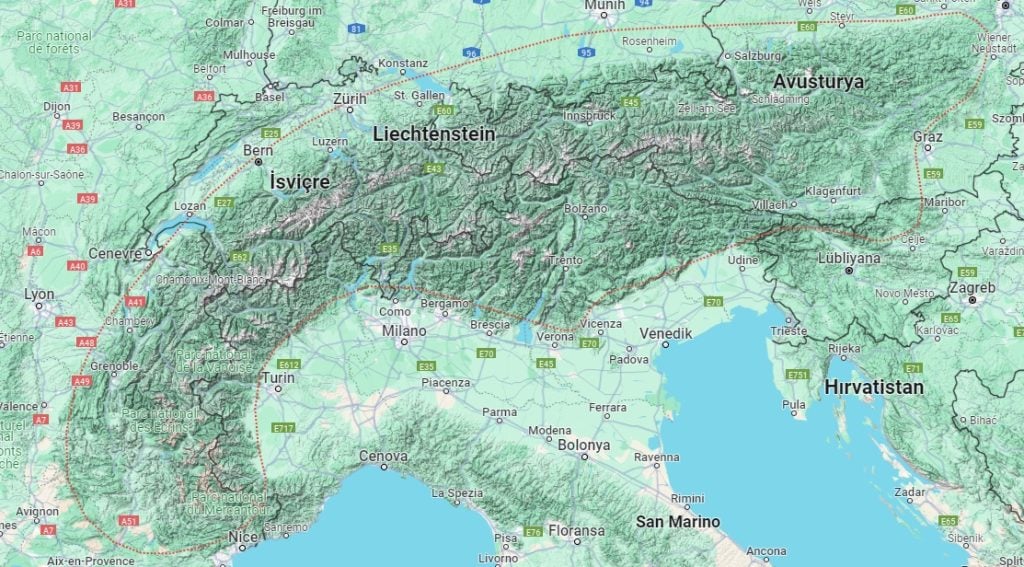
Which countries do the Alps pass through?
Switzerland – France – Italy – Austria – Germany – Slovenia – Liechtenstein – Monaco
How many countries does the alps cover ?
Switzerland – France – Italy – Austria – Germany – Slovenia – Liechtenstein – Monaco
What Mountains Are The Alps Made Up Of?
Western Alps:
Mont Blanc Massif: France, Italy
Dauphiné : France
Savoy : France, Switzerland, Italy
Bernese : Switzerland
Pennine : Switzerland, Italy
Graian : France, Italy, Switzerland
Cottian : France, Italy
Maritime : France, Italy
Central :
Lepontine : Switzerland, Italy
Glarus : Switzerland
Uri : Switzerland
Tavetsch and Glarus : Switzerland
Adula : Switzerland, Italy
Albula : Switzerland
Ötztal : Italy, Austria
Zillertal : Austria, Italy
Stubai : Austria, Italy
Kitzbühel : Austria
Chiemgau : Germany, Austria
Eastern :
Carinthian-Slovenian : Austria, Slovenia
South Tyrol and Dolomites: Italy, Austria
Transylvanian: Austria
Aargau Forests: Switzerland
Karavanke: Slovenia, Austria
Julian : Slovenia, Italy
Kamnik and Savinja : Slovenia
Southern :
Friuli-Venezia Giulia Mountains: Italy, Slovenia
Julian : Italy, Slovenia
Dinaric : Italy, Slovenia
How much area do the Alps cover?
The Alps are the longest mountain range on Earth and cover an area of 207,000 square kilometers. These mountains, which are almost the same distance from the equator and the poles, are located in Central Europe. These mountains, which are especially located in many parts of Switzerland, Italy and France, include almost every region of Austria.
What are the General Characteristics of the Alps?
- High Peaks: The Alps host some of the world’s highest peaks. Mont Blanc, standing at 4,808 meters, is the highest summit.
- Glaciers: The Alps feature extensive glaciers and snow cover, shaping the surface of the mountains and contributing to water sources.
- Lakes and Rivers: Numerous lakes and rivers traverse the Alps, providing water sources for the surrounding ecosystems and creating ideal areas for water sports.
- Rich Biodiversity: With diverse climatic regions, the Alps harbor a rich biodiversity. Different plant and animal species are found at various elevations.
- Touristic Activities: The Alps are a popular destination for tourists, offering a range of outdoor activities such as skiing, snowboarding, mountaineering, hiking, and biking.
- Cultural Richness: Traditional mountain villages and towns around the Alps reflect the cultures of the surrounding countries. These areas provide visitors with both natural beauty and a rich cultural heritage.
- Climate: The climate in the Alps varies depending on factors such as altitude and location. The northern slopes generally experience a cooler and moister climate, while the southern slopes are drier and warmer.
- Economic Importance: The Alps support economic activities such as agriculture, livestock farming, and tourism. Additionally, the use of water resources for energy production is economically significant.
Where are the places to go on holiday in the Alps?
- Chamonix-Mont-Blanc (France): Located at the foot of Mont Blanc, this area is renowned for world-class ski resorts, mountaineering, and stunning natural beauty. The town of Chamonix itself offers charming streets and Alpine-style architecture.
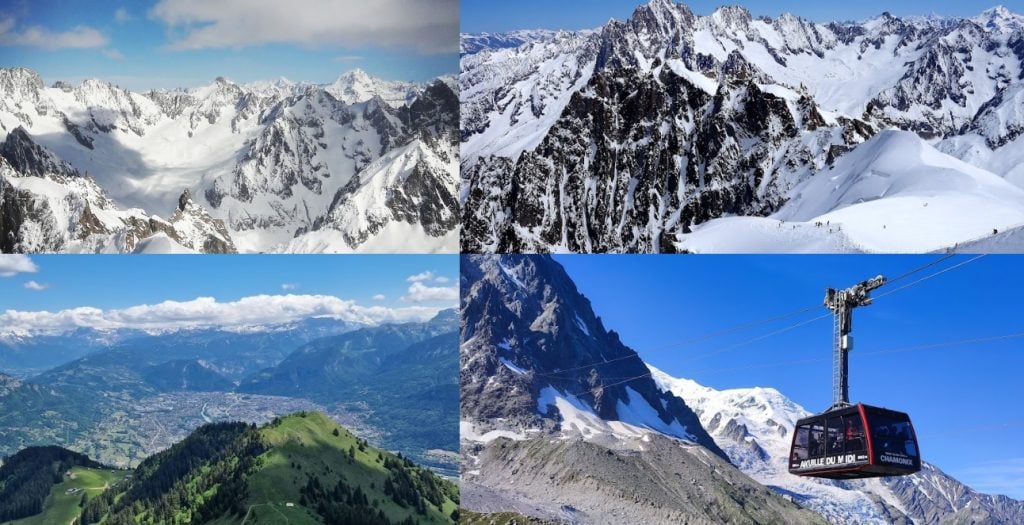
Blanc Mountain - Zermatt (Switzerland): Situated at the base of the Matterhorn, Zermatt is famous for winter sports and breathtaking mountain views. The town is car-free, creating a serene and natural environment.
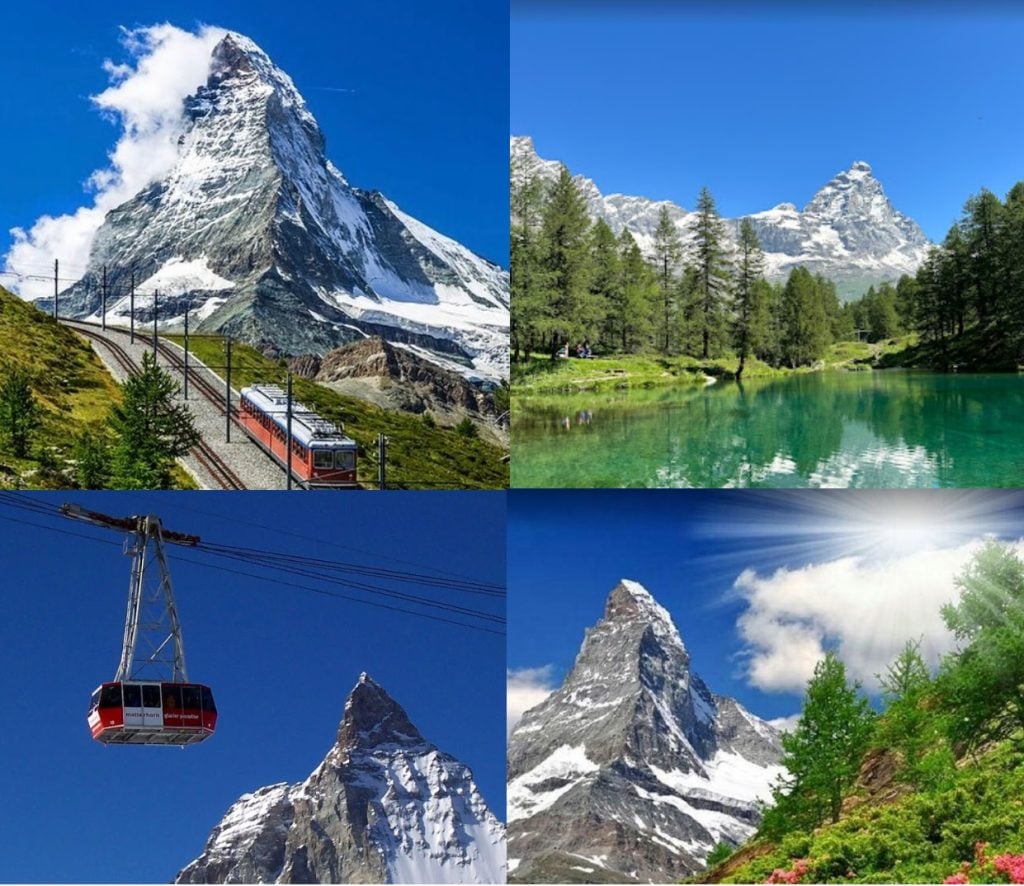
Mount Matterhorn - Kitzbühel (Austria): Kitzbühel is a historic town and globally recognized ski resort. It hosts various activities in both winter and summer, making it a year-round destination.
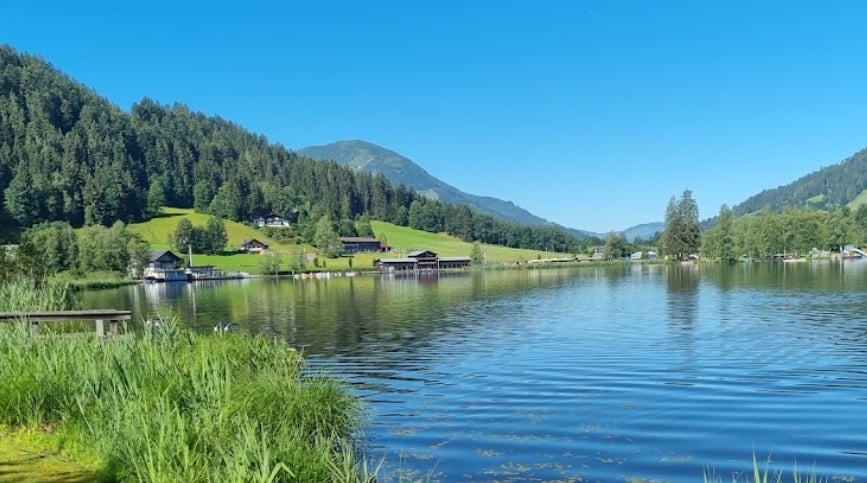
Kitzbühel - Cortina d’Ampezzo (Italy): Nestled in the Italian Dolomites, Cortina d’Ampezzo is known for its dramatic mountain landscapes and excellent skiing opportunities. The town also offers shopping and cultural events.
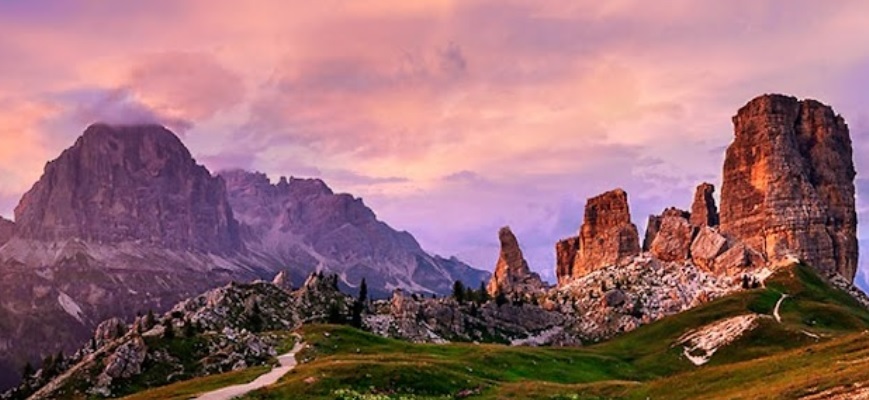
Cinque Torri Mountain - Innsbruck (Austria): Innsbruck is a historic city surrounded by the Alps, combining both historical charm and natural beauty. It provides skiing in winter and activities like mountain hiking in summer.
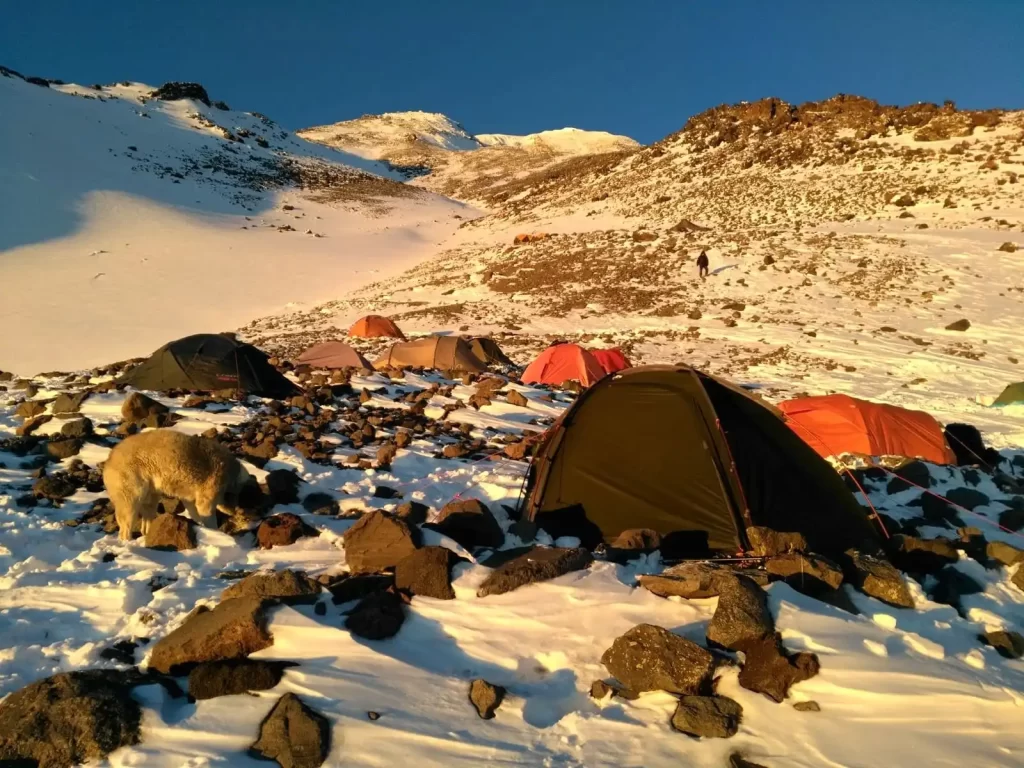
Tyrol Declaration Stretch Your Limits, Lift Your Spirits And Aim For The Top - St. Moritz (Switzerland): St. Moritz is famous for its luxury hotels, high-quality ski slopes, and world-class winter sports events. The town is also renowned for its stunning lake views.
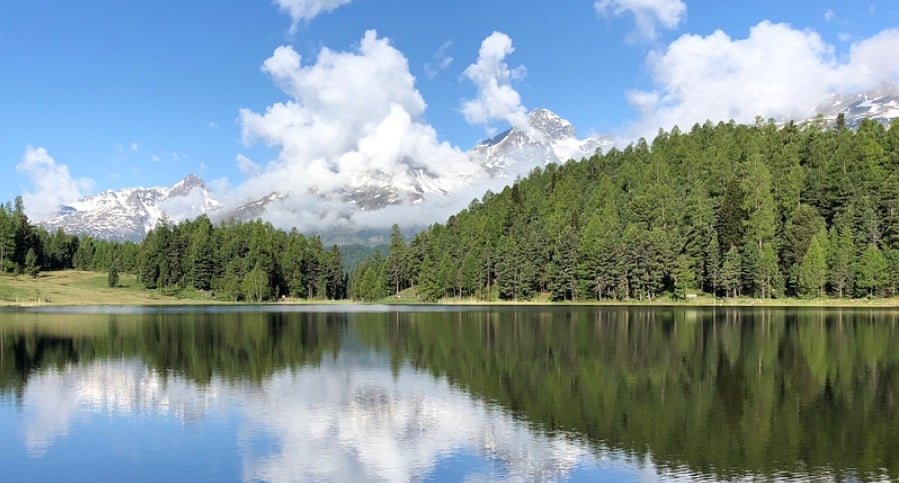
St. Moritz - Garmisch-Partenkirchen (Germany): Located in the German Alps, this region attracts tourists both in winter and summer. It is known for hosting Zugspitze, Germany’s highest peak.

Garmisch-Partenkirchen
Which trains can you see the Alps on?
- Glacier Express (Switzerland): Connecting Zermatt to St. Moritz, this famous train route provides breathtaking views of the Swiss Alps. The journey takes you through mountains, valleys, and rivers over an eight-hour ride. Glacier Express: Switzerland’s Iconic Train Journey
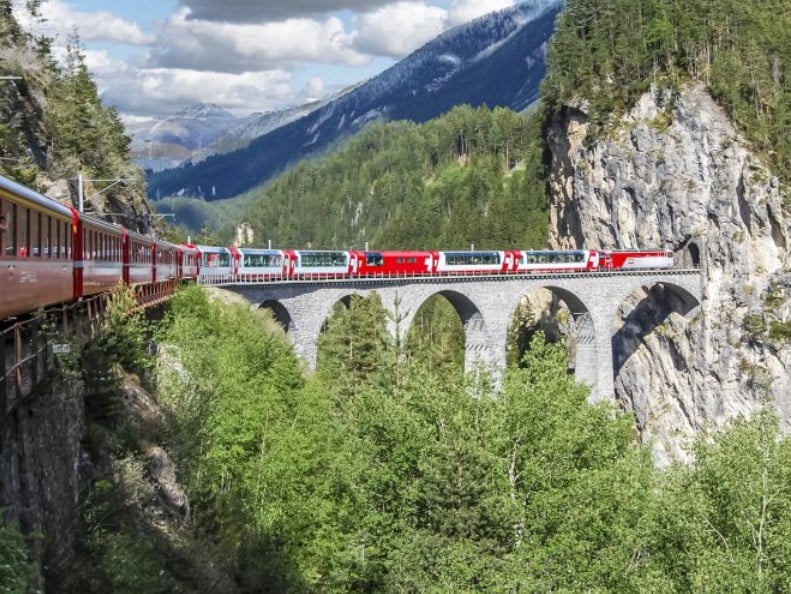
Glacier Ekspresi - Bernina Express (Switzerland-Italy): Linking Chur to Davos, St. Moritz, and Tirano, this train route is a UNESCO World Heritage site. It is renowned for the picturesque landscapes of the Engadin Valley and the Bernina Range.
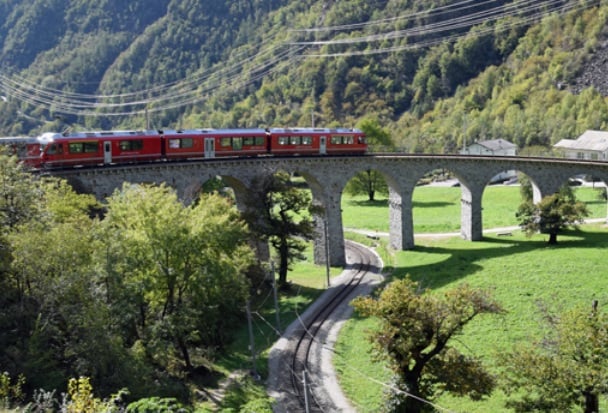
Bernina Ekspres - Jungfraubahn (Switzerland): Going from Lauterbrunnen to Jungfraujoch, this train offers views of famous peaks like Eiger and Mönch. Jungfraujoch, known as the “Top of Europe,” hosts Europe’s highest railway station.
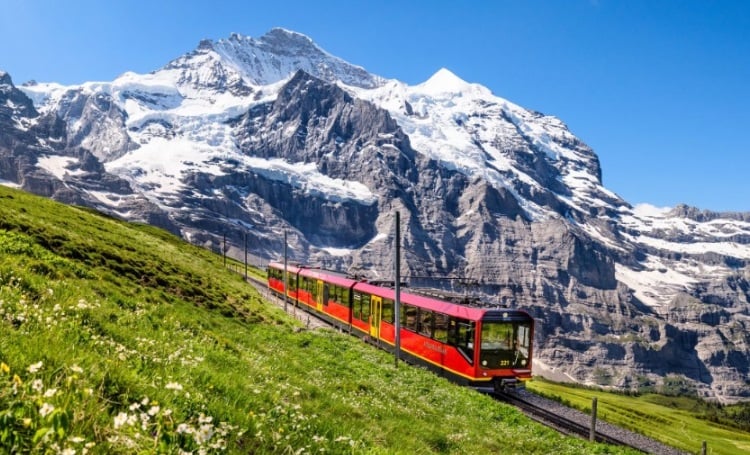
Jungfraujoch - GoldenPass Line (Switzerland): Stretching from Montreux to Zweisimmen, this train route connects popular destinations like Gstaad and Interlaken. It features panoramic cars with stunning views and comfortable travel options.
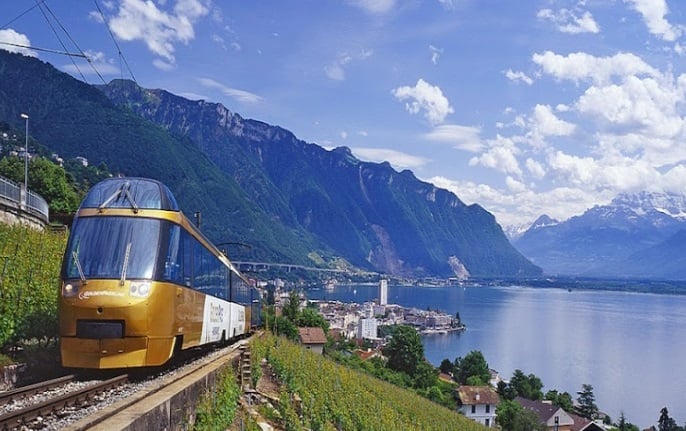
Golden Pass Railway - Arlberg Line (Austria): Running between Innsbruck and Bludenz, this train route crosses the Arlberg Tunnel, providing beautiful views of the Austrian Alps. Especially during winter, the snow-covered peaks are a sight to behold.
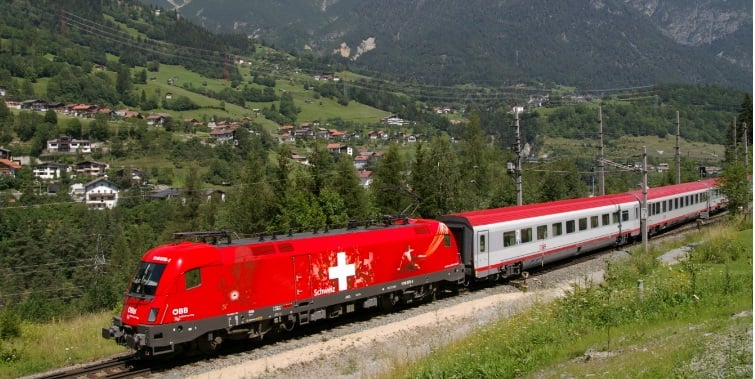
arlberg line - Brennerbahn (Austria): Connecting Innsbruck to Brenner, this train route allows passengers to explore various vistas of the Alps. The Brenner Pass is a significant part of this route.
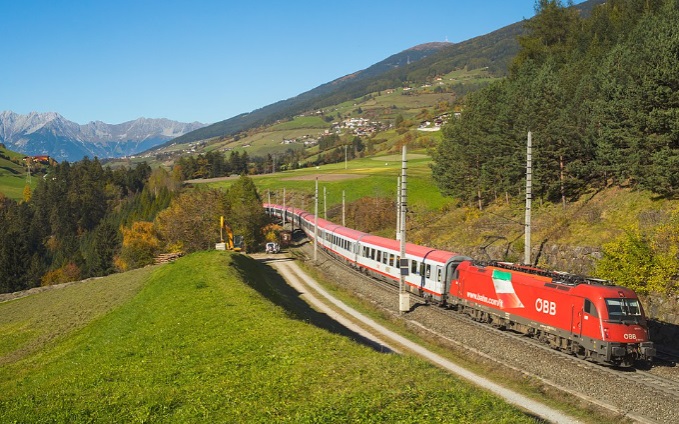
Brenner train
These train routes not only offer a comfortable way to travel but also provide an opportunity to admire the breathtaking natural beauty of the Alps.
What Are the Villages to Visit in the Alps ?
1. Hallstatt (Austria)
Listed as a UNESCO World Heritage Site, Hallstatt is one of the most famous villages in the Alps.
Located on the shores of Lake Hallstätter, it is renowned for its historic salt mines.
Its colorful houses, narrow streets, and postcard-perfect views make it a favorite destination. Detailed Information About Hallstatt
2. Zermatt (Switzerland)
Zermatt, located at the foot of the iconic Matterhorn Mountain, is one of Switzerland’s most renowned villages.
The village is car-free, making it peaceful and pristine, and it’s ideal for skiing and hiking.
Visitors can enjoy luxury mountain lodges and traditional Swiss cuisine.
3. Chamonix (France)
Nestled at the base of Mont Blanc, Chamonix is known as the adventure capital of the Alps.
It’s a haven for skiing, snowboarding, trekking, and mountaineering enthusiasts.
The village also features cozy alpine restaurants and vibrant local markets.
4. Grindelwald (Switzerland)
Located in the Jungfrau Region, Grindelwald is famous for its stunning mountain vistas and lush valleys.
Take a train to Jungfraujoch, the highest railway station in Europe, for an unforgettable experience.
It’s popular for winter sports as well as summer hiking trails.
5. Cortina d’Ampezzo (Italy)
Known as the pearl of the Dolomites, Cortina d’Ampezzo is celebrated for its luxury resorts.
It offers excellent skiing facilities and gourmet Italian dining.
Nearby natural parks and trekking paths attract outdoor enthusiasts.
6. Garmisch-Partenkirchen (Germany)
Situated at the foot of Zugspitze, Germany’s highest mountain, this village is a top ski destination.
It features traditional Bavarian-style houses, cultural festivals, and outdoor sports activities.
In summer, it’s a great spot for lake tours and cycling adventures.
7. Kitzbühel (Austria)
Famous for its winter sports, Kitzbühel also charms visitors with its elegant shopping streets and historic atmosphere.
Authentic alpine restaurants and bars provide a delightful culinary experience.
Top 5 Paragliding Spots in the Alps
For adventure seekers looking to glide through breathtaking alpine landscapes, the Alps offer some of the best paragliding experiences in the world. Here are the top 5 spots to take flight!
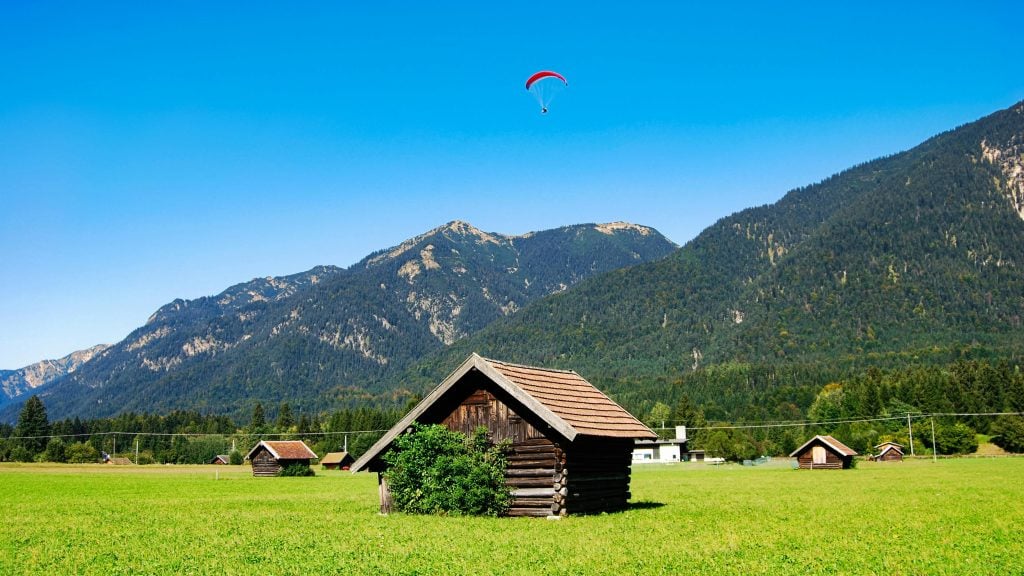
Paragliding in Interlaken, Switzerland
Interlaken, located between Lake Thun and Lake Brienz in Switzerland, is one of the most famous paragliding destinations in the world. With breathtaking views of the Swiss Alps, including the iconic Eiger, Mönch, and Jungfrau peaks, this location offers an unforgettable paragliding experience.
One of the most popular take-off spots is Beatenberg, a high-altitude launch site providing incredible panoramic views. From here, pilots and tandem passengers glide over the lush valleys, sparkling lakes, and charming town of Interlaken. The flight typically lasts between 10 to 20 minutes, depending on wind conditions, and ends with a smooth landing in the Höhematte Park, right in the heart of Interlaken.
Paragliding in Interlaken is suitable for beginners, as professional tandem pilots guide the flight. Adventure seekers can also enjoy thrilling maneuvers like spirals and wingovers for an adrenaline rush. The best time for paragliding is from April to October, when the weather is most stable.
Whether you’re looking for a peaceful flight or an extreme experience, Interlaken’s stunning landscape makes it one of the best places in the Alps for paragliding.
Paragliding in Chamonix, France
Chamonix, located in the French Alps, is renowned for its mountaineering and extreme sports, making it a paradise for adventure seekers. The breathtaking mountain scenery, with the iconic Mont Blanc towering above, offers an incredible backdrop for paragliding enthusiasts. Paragliding in Chamonix is one of the most thrilling ways to experience the majestic Alps.
One of the most popular take-off spots is Planpraz, just a few minutes from Chamonix town. From this high-altitude location, pilots and tandem passengers can enjoy panoramic views of Mont Blanc and surrounding peaks, gliding over lush valleys and pristine lakes. Flights typically last between 20 to 30 minutes, showcasing the stunning beauty of the Alps from above.
Paragliding in Chamonix is suitable for all levels, with tandem flights available for beginners. These flights are led by experienced pilots, ensuring a safe and exciting experience. For adrenaline junkies, there are opportunities for acrobatic maneuvers and rapid descent techniques. The best time to go paragliding is from May to October, when weather conditions are most favorable for flying.
Chamonix offers an unforgettable paragliding experience, with its dramatic landscapes and challenging terrain making it one of the top destinations for adventure lovers.
Paragliding in Zell am See, Austria
Zell am See, nestled in the Austrian Alps, is a stunning destination for paragliding, offering both breathtaking landscapes and thrilling flights. Located near Lake Zell, the town provides an exceptional vantage point for pilots to glide over the crystal-clear waters, with the impressive Hohe Tauern mountains in the background. One of the most popular take-off sites is the Schmittenhöhe Mountain, which is easily accessible and provides incredible panoramic views. Flights typically last between 15 to 30 minutes, depending on the weather conditions. Whether you’re a beginner or an experienced paraglider, Zell am See offers tandem flights for beginners, and exciting maneuvers for more seasoned adventurers. The best time to paraglide here is during the summer and early autumn, when the weather is ideal for flying. Zell am See’s serene beauty, combined with the thrill of flying, makes it a must-visit destination for paragliding enthusiasts.
Paragliding in the Dolomites, Italy
The Dolomites, a stunning mountain range in northern Italy, is a dream destination for paragliding enthusiasts. Known for its dramatic peaks and picturesque valleys, the region offers a unique flying experience surrounded by some of the most breathtaking landscapes in the Alps. Popular take-off spots include Cortina d’Ampezzo, where pilots can soar over the charming town and admire the jagged peaks of the Drei Zinnen. Flights usually last between 20 to 30 minutes, offering spectacular views of the surrounding mountains, lush forests, and alpine lakes. Paragliding in the Dolomites is suitable for all levels, with tandem flights available for beginners and more advanced routes for experienced pilots. The best time to visit for paragliding is during the summer months, when the weather is most favorable. The combination of stunning views and thrilling flight experiences makes the Dolomites one of the top paragliding destinations in Europe.
A UNESCO World Heritage site, the Dolomites boast dramatic rock formations and expansive valleys, creating a surreal paragliding experience.
Paragliding in Annecy, France
Annecy, located in the French Alps, is one of the most popular destinations for paragliding in Europe. Known as the “Venice of the Alps,” the town is set against the backdrop of Lake Annecy and the towering Bauges Mountains, offering an ideal environment for flying. The most famous take-off point is Col de la Forclaz, a high-altitude launch site with panoramic views of the lake, surrounding mountains, and the charming town below. Flights typically last between 15 to 30 minutes, depending on the weather, and offer breathtaking views of the crystal-clear lake, lush forests, and rugged mountains. Annecy is perfect for both beginners and experienced paragliders, with tandem flights available for newcomers. The best time to paraglide in Annecy is during the spring to autumn months, when the weather conditions are most stable. With its stunning scenery and excellent flying conditions, Annecy is a must-visit destination for paragliding enthusiasts.
How Many People Live Around the Alps?
14 million people live in the Alps region and 120 million people visit it every year, which constitutes the most important income item of the Swiss economy.
When and How were the Alps Formed?
The Alps, formed approximately 65 million years ago, constitute the youngest and most densely populated mountain range in Europe. They were created by the collision of the African and Eurasian tectonic plates.
How the Alps were formed
Why is the name of the Alps mountains Turkish?
The idea that the name of the Alps is of Turkish origin has been put forward by some historians and linguists. According to this idea, the name “Alp” is derived from the Turkish word “alp”, which means “high” or “mountain”.
Interesting facts about the Alps:
What are the Alps famous for?
Part of the Alps Collapsed Due to Climate Change: So How?
A major collapse occurred on Mount Fluchthorn on the border of Austria and Switzerland. Experts pointed to climate change as the reason.
As the world’s average temperature continues to increase with climate change, we have been faced with melting and breaking glaciers for years.
With the fall of a hundred thousand cubic meters of mountain fragments into the valley, the height of the peak Fluchtorn decreased by 19 meters. According to geologist Jan-Christoph Otto from the University of Salzburg, this collapse was a result of climate change.
Part of the Alps Collapsed Due to Climate Change: So How?
Fossils Found in the Alps
Ötzi (The Iceman):

News about the Alps
January 19 2024 : A study on the future of ice volume in the Alps, conducted by Switzerland’s University of Lausanne and France’s University of Grenoble, has been published. According to the study, in the most optimistic scenario where global temperature increases are halted, at least 34% of the ice in the European Alps could disappear by 2050. Another prediction suggests that if the glacier melting trend of the last 20 years continues, approximately 46% of the glacier volume could melt by 2050. Based on data from the last 10 years, this figure could rise to 65%. Samuel Cook, a faculty member at the University of Lausanne, whose views were included in the study, indicated that the current situation regarding glaciers is likely to be worse than expected.
August 22, 2024 : The remains of two soldiers who apparently died in the First World War were found on the Marmolada Hill on the Italian side of the Alps.
Alps photos
Mayrhofen, Tirol, Österreich
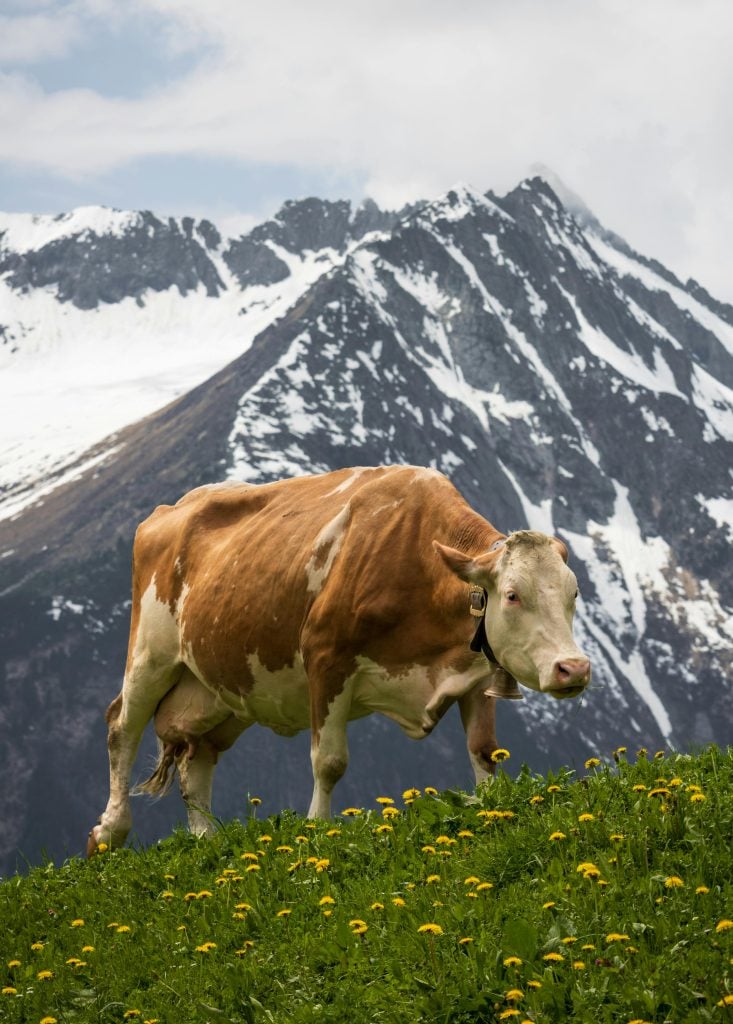
Mayrhofen, Tirol, Österreich
Engelberg, OW, Switzerland
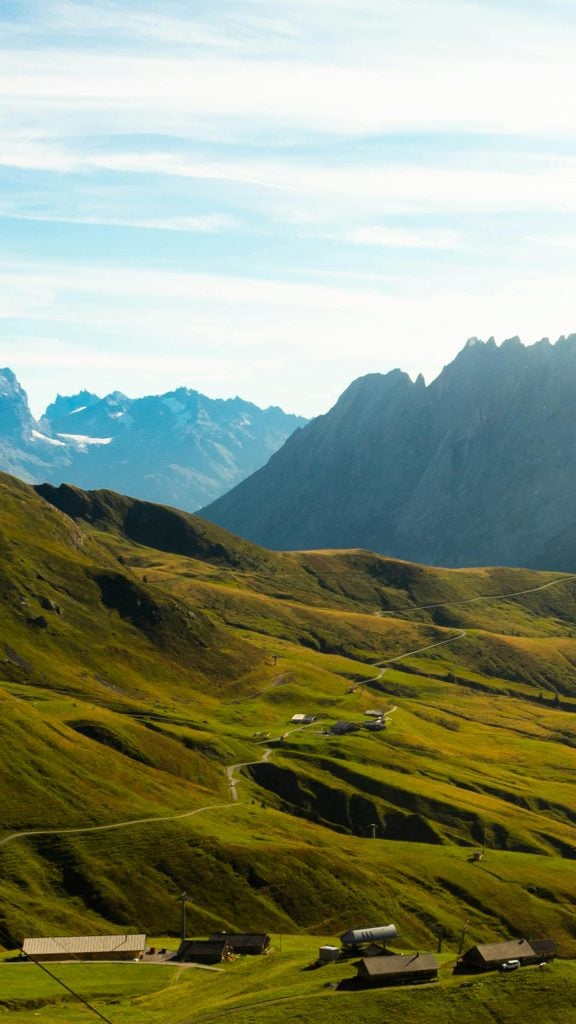
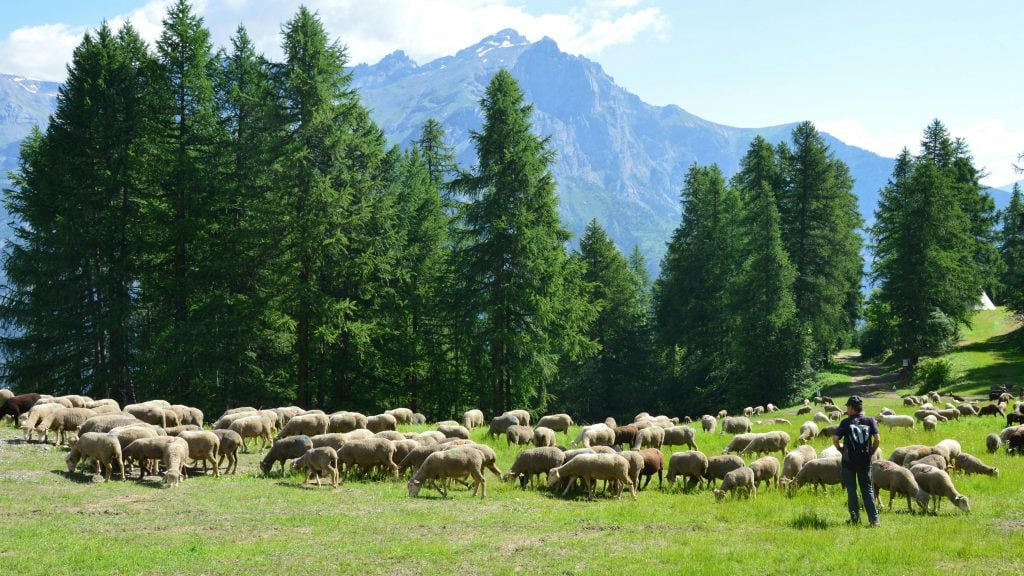
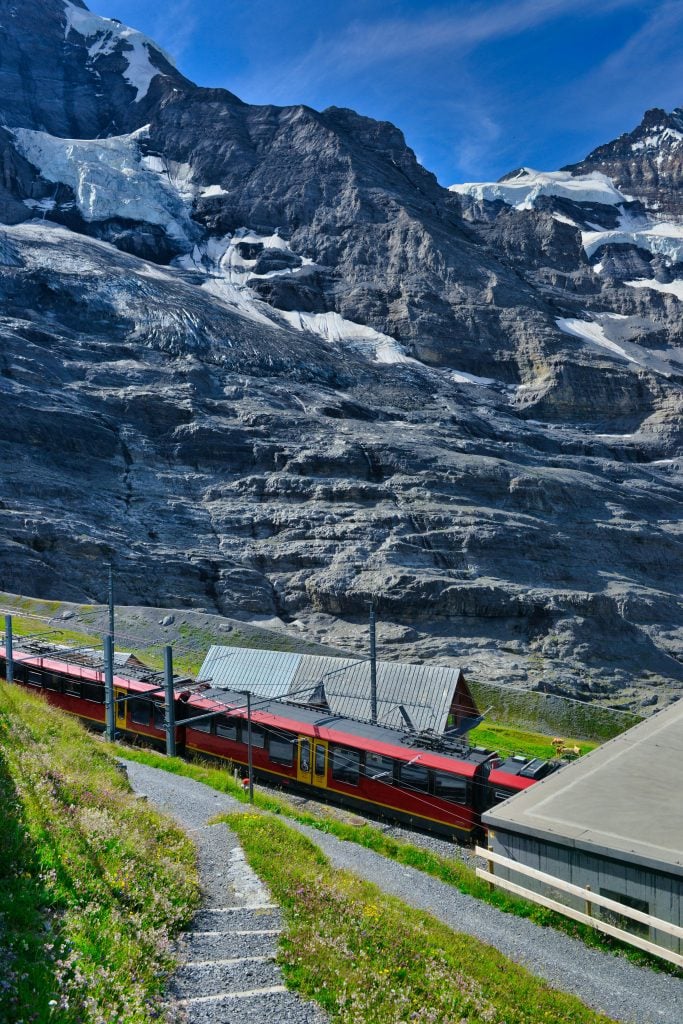
Why Should I Visit the Alps? 10 Questions & Answers
What Makes the Alps a Unique Travel Destination?
What Outdoor Activities Can I Enjoy in the Alps?
Which Are the Most Beautiful Places in the Alps?
What Are the Best Ski Resorts in the Alps?
What Are the Best Hiking Trails in the Alps?
What Makes Alpine Villages So Special?
What Are Some Must-Try Foods in the Alps?
When Is the Best Time to Visit the Alps?
What Are the Best Cultural and Historical Attractions in the Alps?
Why Should I Visit the Alps at Least Once in My Lifetime?
The moment of collapse on Mount Fluchtorn


